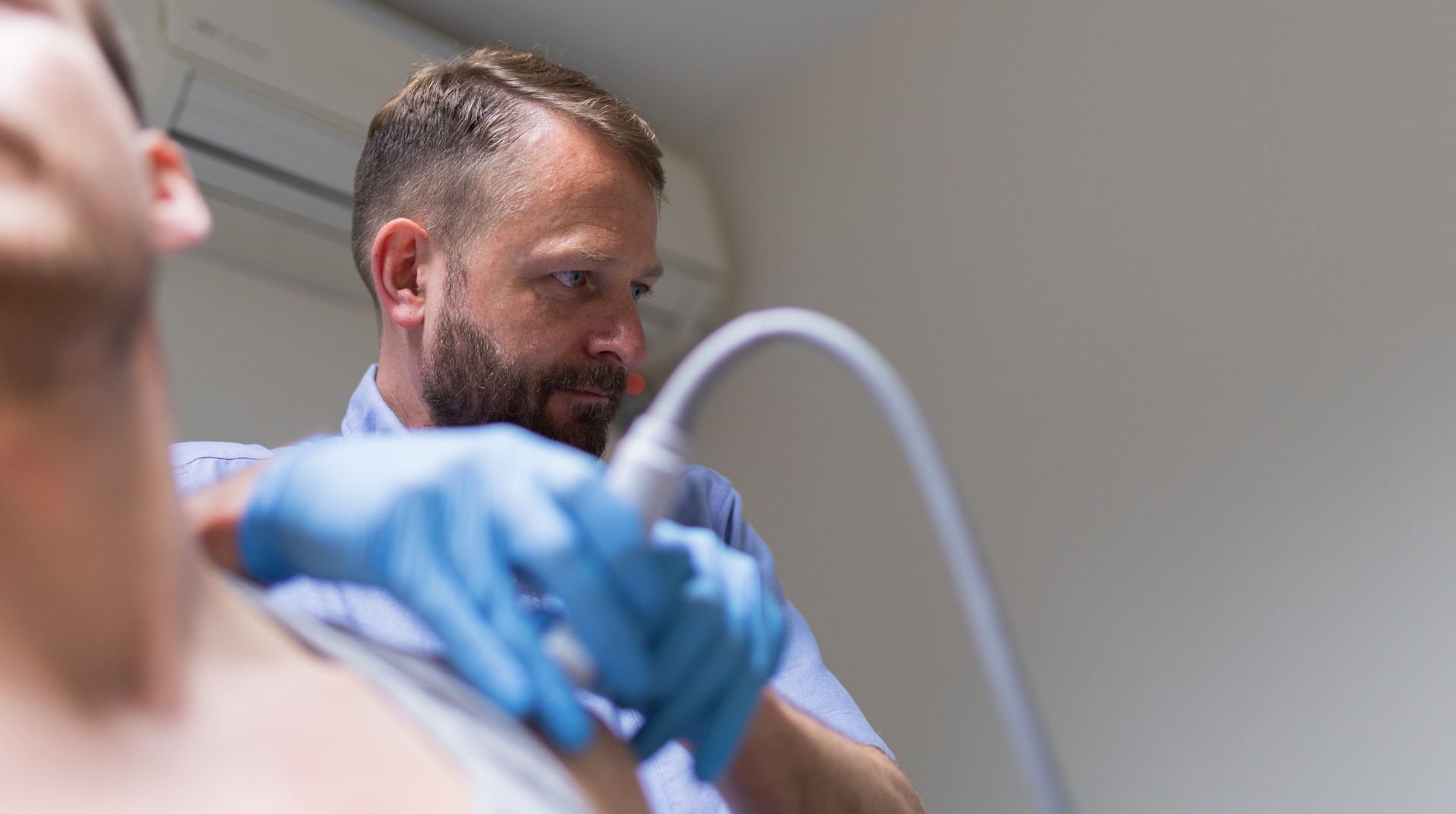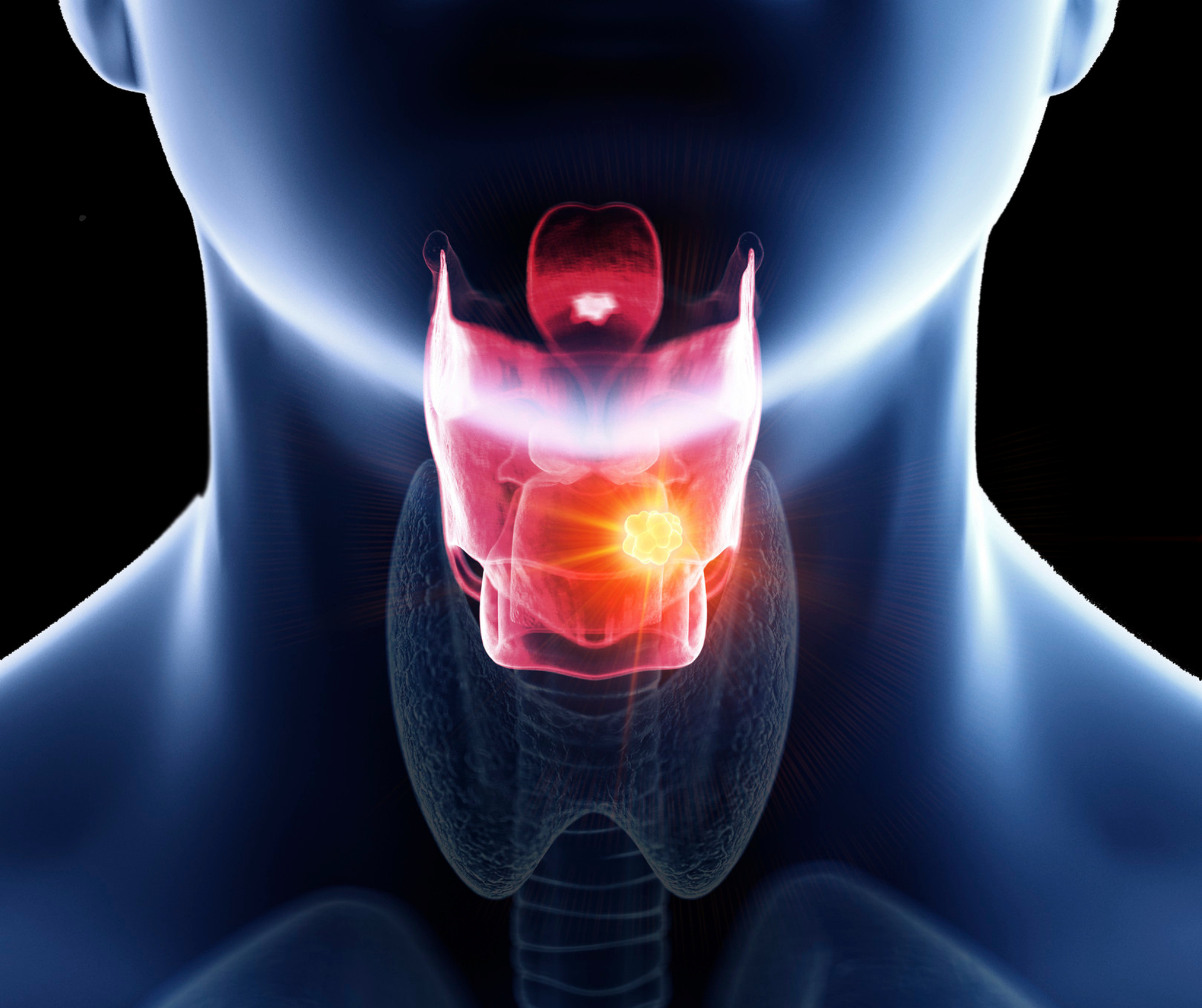Myth Busting: Ultrasound-Guided Injections - What to Expect
In recent years, ultrasound-guided injections have emerged as a beacon of hope for those enduring chronic pain and certain musculoskeletal conditions. However, myths and misconceptions often cloud these treatments' true nature and benefits.
This article aims to demystify ultrasound-guided injections, shedding light on what patients can genuinely expect from the procedure. By providing clarity, we hope to alleviate concerns and empower individuals to make informed decisions regarding their health and well-being.

Addressing Common Concerns:
1) Pain
One of the most significant worries for patients considering ultrasound-guided injections is the anticipated pain during and after the procedure. It's natural to feel apprehensive about injections; however, it's important to understand that these procedures are designed with patient comfort in mind.
Ultrasound guidance allows clinicians to administer injections with high precision, targeting specific areas with minimal discomfort. Most patients report feeling a slight pressure or a mild pinch, followed by immediate relief in the affected area.
2) Side Effects
Concerns about potential side effects are also common. Like any medical procedure, ultrasound-guided injections come with a risk of side effects, but these are generally minimal and temporary.
The most typical are mild bruising or swelling on the injected area, which usually subsides within a few days. The use of ultrasound increases the accuracy of needle placement, significantly reducing the risk of complications and side effects.
3) Recovery Time
Another major consideration for patients is the recovery time associated with the procedure. The good news is that ultrasound-guided injections typically have a very short recovery period. Patients often resume their normal activities within a day or two, making it a highly convenient option for those seeking pain relief without significant downtime.
Ultrasound-Guided Injections at Chelmsford Physio
At Chelmsford Physio, we pride ourselves on offering a range of physiotherapy treatments, including ultrasound-guided injections, to people in and around Chelmsford, Essex. Our skilled practitioners use the latest ultrasound technology to ensure the highest accuracy and effectiveness of the injections.
This service is part of our comprehensive approach to physiotherapy, aimed at providing personalised care that addresses the root cause of pain and promotes long-term health and mobility.
In conclusion, ultrasound-guided injections are a safe, effective, and minimally invasive treatment option for managing chronic pain and certain musculoskeletal conditions. By dispelling the myths surrounding the procedure, we hope to have provided a clearer understanding of what patients can expect, alleviating concerns and highlighting the benefits. If you're considering ultrasound-guided injections or seeking more information about how they can help in your specific situation, get in touch with us today!



